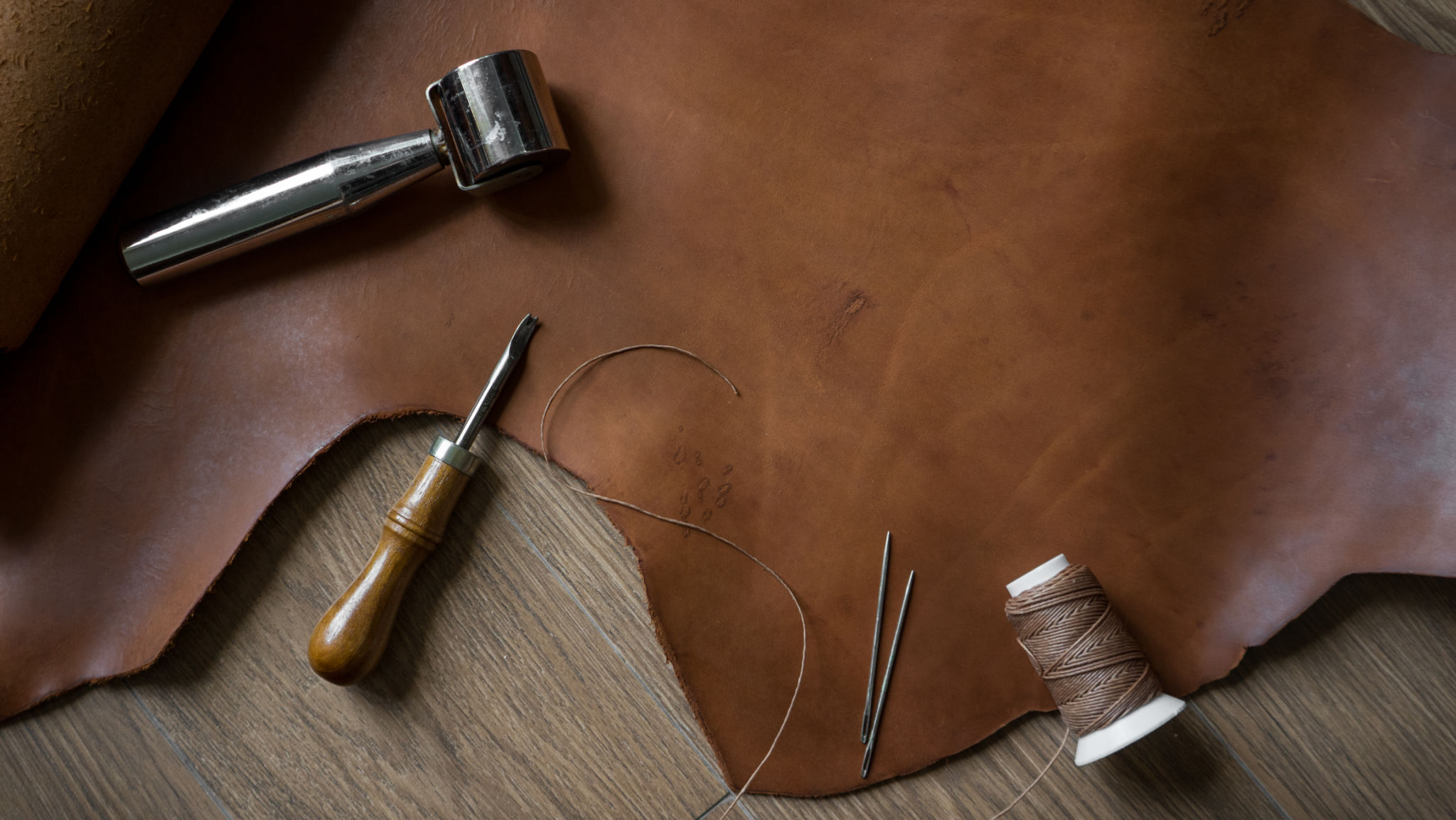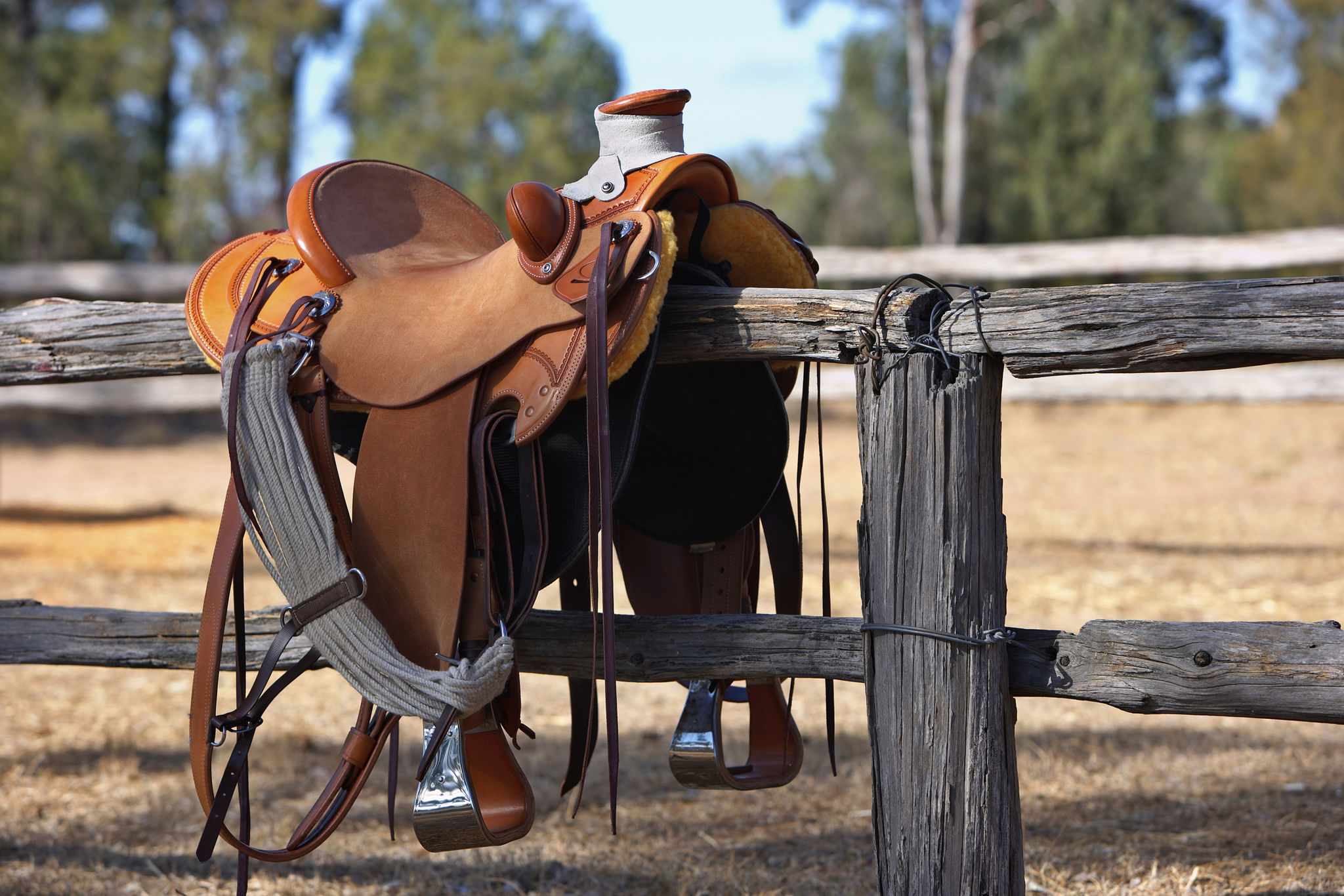The Art of Equestrian Equipment Fabrication: From Concept to Completion
The Journey Begins: Understanding Equestrian Equipment
The world of equestrian equipment fabrication is as intricate as it is fascinating. From the moment an idea is born to the final product gracing a stable or competition arena, each step in the process is vital. Understanding this journey offers insight into the craftsmanship and innovation that blends tradition with modern technology.
Equestrian equipment, ranging from saddles to bridles and bits, demands precision and expertise. Each piece must cater not only to the rider's needs but also to the well-being of the horse. This dual focus ensures that the equipment supports optimum performance while maintaining comfort and safety.

Conceptualizing Equestrian Equipment
The art of equestrian equipment fabrication begins with a concept. This phase involves extensive research and collaboration between designers, equestrians, and sometimes veterinarians. The goal is to address specific needs or improve existing designs. It’s crucial to understand the nuances of horse anatomy and rider biomechanics.
Often, inspiration is drawn from historical designs, but with a modern twist. This blend of tradition and innovation results in equipment that is both functional and aesthetically pleasing. The conceptual phase is a delicate balance between creativity and practicality.
Design and Material Selection
Once a concept is solidified, the design process begins. Designers utilize both traditional sketching techniques and advanced computer-aided design (CAD) software to create detailed plans. These designs take into account the specific requirements of both horse and rider, ensuring comfort and utility.

Material selection is another critical aspect of this stage. High-quality leather remains a staple, valued for its durability and comfort. However, modern materials such as synthetic fabrics and advanced polymers are increasingly popular for their lightweight properties and ease of maintenance. The choice of materials can significantly impact the performance and longevity of the equipment.
The Fabrication Process
The transition from design to fabrication is where skilled craftsmanship comes into play. Artisans meticulously cut, shape, and assemble each piece by hand or using specialized machinery. This stage requires precision and attention to detail, as even minor imperfections can affect performance.
Traditional techniques like hand-stitching are often employed alongside modern methods like laser cutting. This combination ensures that the final product is both robust and refined, capable of withstanding rigorous use while maintaining an elegant appearance.

Quality Control and Testing
Before any piece of equestrian equipment reaches the market, it must undergo rigorous quality control and testing. This includes checking for durability, comfort, and safety standards. Equipment is often tested in real-life scenarios to ensure it meets the high demands of equestrian sports.
Feedback from professional riders is invaluable during this stage. Their insights can lead to further refinements, ensuring that the equipment not only meets but exceeds expectations in performance and reliability.
Bringing It All Together: The Final Product
The culmination of this meticulous process results in equestrian equipment that embodies the perfect blend of art and science. Each item reflects a commitment to excellence, encompassing a range of styles from classic elegance to cutting-edge design.

In conclusion, the art of equestrian equipment fabrication is a testament to human ingenuity and dedication. It bridges the gap between tradition and innovation, ensuring that both horse and rider can perform at their best while enjoying comfort and safety. As technology continues to evolve, so too will the world of equestrian equipment, promising exciting developments for enthusiasts around the globe.